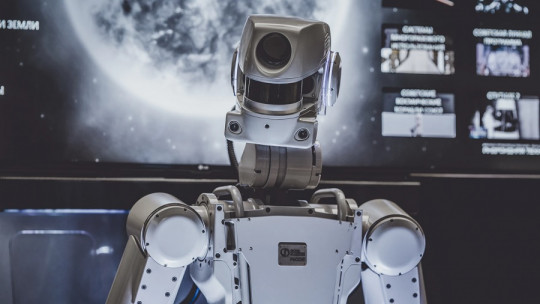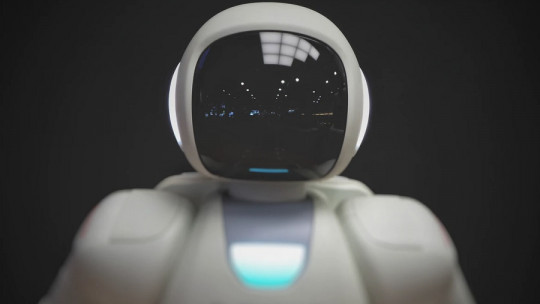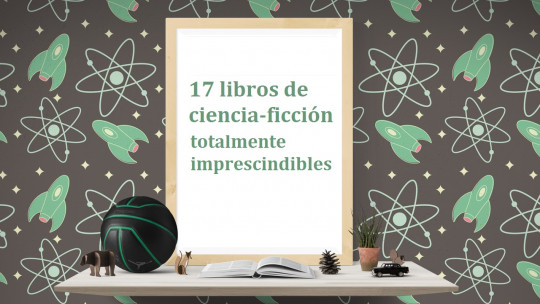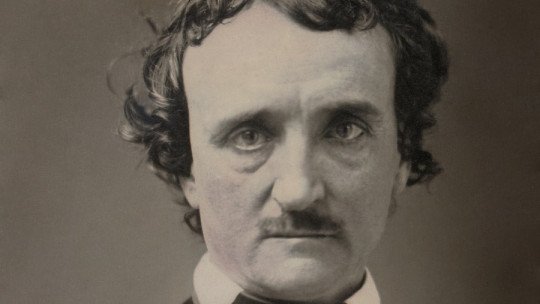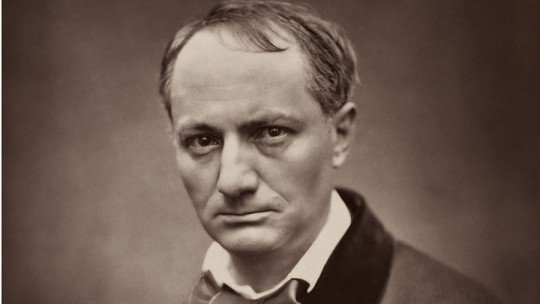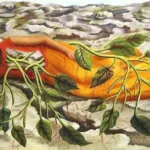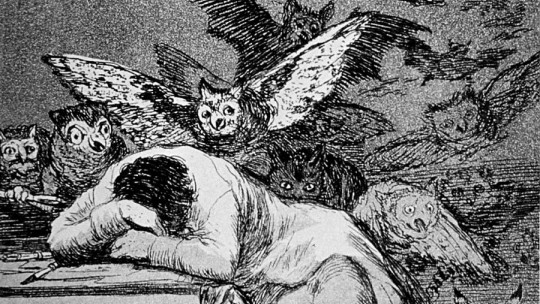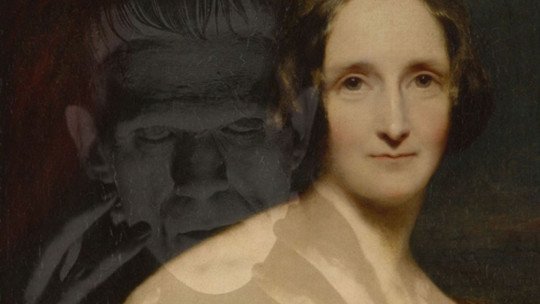
If we ask the reader what they think are the first works of science fiction, they will probably answer us with a novel by Jules Verne (1828-1905), considered the true father of the genre. But, although it is true that he is of course one of the greatest authors in this sense, it is not accurate to consider him the founder, since there were numerous writers who, before him, already imagined fantastic and apparently inaccessible worlds.
And, in reality, We must look for the germ of science fiction in the romantic manifestations of the late 18th century, a moment in which the scientific advances promoted by the Enlightenment and the existential concerns of the first Romanticism converge. A convergence of factors that will have one of its greatest fruits in Mary Shelley’s Frankenstein (1816), the true founding work of the genre. Join us on a fascinating journey, where we will discover the first signs of science fiction in the history of literature and how they evolved to what we know today.
How did the romantic story influence science fiction?
We can affirm, without fear of being wrong, that without the romantic movement it would have been difficult for what is called science fiction to develop later. At first glance, the relationship may be difficult to see, but the truth is that it is there, and the proof is that all the great authors of proto-science fiction stories are attached to Romanticism or currents indebted to it.
Let’s define science fiction
But let’s start by briefly defining what science fiction is. We can consider this genre (Science Fiction, in English) as one that narrates a series of events that occur in imaginary and absolutely hypothetical situations and frameworks. It is closely linked, as we can see, with the fantasy genre, but what really gives personality to science fiction is the use of scientific theories and discoveries on which the argument is built.
The term was coined in 1926 by Hugo Gernsback (1884-1967), who, by the way, gave its name to the Hugo Awards, the most prestigious awards of the genre. Gernsback was a famous creator of science fiction, and used the name for the first time in Amazing Stories magazine, a successful American publication of what was then called “fantastic voyages.” Of course, these types of magazines were the pioneers of the genre of pulp publications, very common in the 1920s and 1930s, in which such illustrious writers as HP Lovecraft, who we will talk about later, participated.
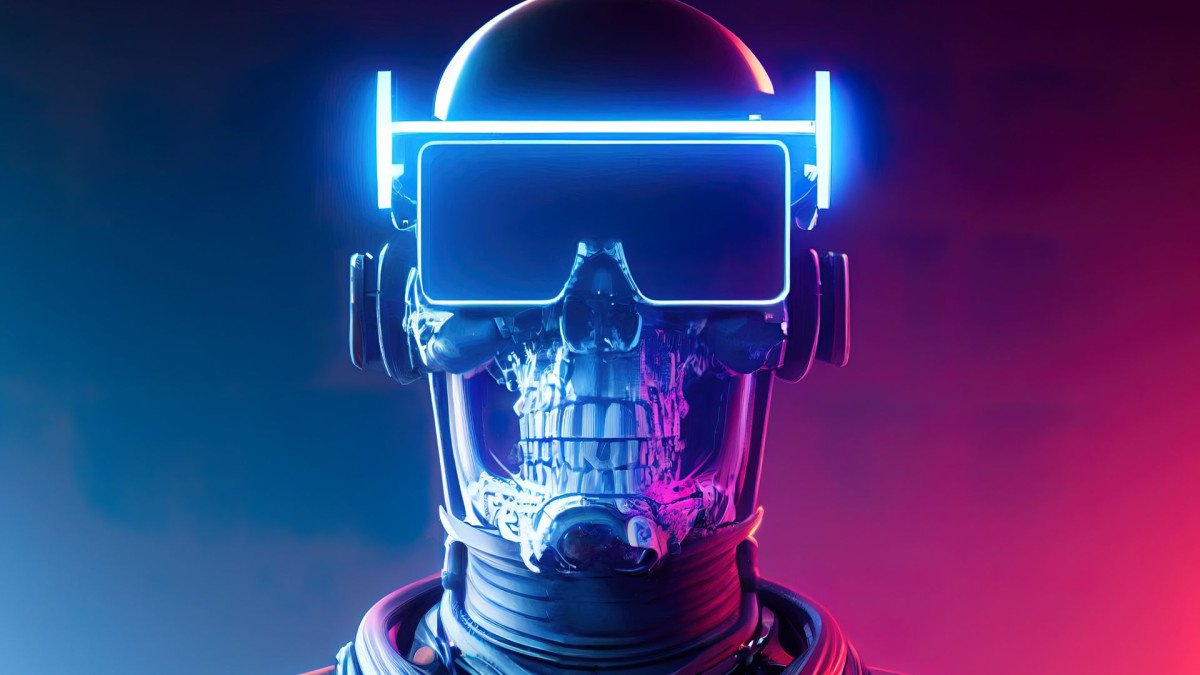
clear background
Long before the appearance of the first “canonical” science fiction narratives, stories emerged that many have called proto-science fiction, since we already found in them what would later be the main characteristics of the genre. We are talking, for example, about the original story The Year 2440, written in the distant date of 1771 by Louis-Sebastién Mercier (1740-1814). The title is already quite explicit; It is a story set in the year 2440, a clear precursor to other significant “time forward” titles such as the very famous film 2001: A Space Odyssey, by Stanley Kubrick.
In reality, can we consider The Year 2440 as proto-science fiction, or a story fully ascribed to the genre? As always, the problem lies in the prematureness of the date. Because, in reality, Mercier’s story has all the ingredients to be considered a pro science fiction story: the protagonist, after a party with a friend, falls asleep deeply, only to wake up the next morning in the year 2440 and discover a society in which social differences have been reduced. Due to its revolutionary nature, the work was banned in countries such as France and Spain.
The year 2440 is evidently influenced by the Enlightenment thinking of the time, which later gave rise to changes as significant as the French Revolution. It also has echoes of the scientific revolution, which had already had its influence in stories as early as Somnium, by Johannes Kepler, written in 1634 and in which the protagonist travels… To the moon! Yes, more than two hundred years before Verne’s characters, and almost three hundred years before Méliès’ famous film. As we see, nothing new under the sun.
Terror, imagination and dream
But let’s go back to the beginning of the article: what do Romanticism and science fiction have in common? How did they influence each other? If there is something characteristic about this type of stories, it is the high imaginative load they have, as well as the recreation of fantastic and, often, terrible scenarios. However, this is also typical in the so-called “Gothic narrative”, the genre par excellence of early Romanticism, which began to pay attention to gloomy and strange environments, often inhabited by absolutely unlikely beings.
One of the greatest creators of the “Gothic” story was, of course, Edgar Allan Poe (1809-1849), whose Tales of the Grotesque and the Arabesque, published in 1840, laid the foundations for the romantic horror genre, which they would later return to. “post-romantic” writers like Lovecraft. But Poe’s stories not only talk about ghosts and strange events; They also allow us to delve into fantastic scenarios that are a clear precedent for modern science fiction.

We are talking, for example, about the story The Incomparable Adventure of a certain Hans Pfaall (1835), which once again tells us about a man who travels to the moon, in this case, aboard a hot air balloon built by himself. His intention is not so much scientific as personal, since his only desire is to escape from his creditors. Equally significant are Mesmeric Revelation (1844), a story that recovers mesmeric theories, according to which there is a fluid that gives life to human beings and whose recovery can restore life to the dead, and A Descent into the Maelström (1841), in which that a sailor falls prisoner of a huge whirlpool of water in which he sees fantastic things.
These “Gothic” horror stories, the main vehicle for the expression of the romantic imagination, had however begun much earlier, at the end of the 18th century. The founding work of this genre is considered to be The Castle of Otranto, by Horace Walpole, published as early as 1764 and which tells a story set in a gloomy and mysterious castle. Walpole himself added the subtitle of A Gothic Story to his novel, highlighting the “medieval” character of the story, the time par excellence of the romantics to set their daydreams.
The danger of science
It is clear, then, that the science fiction story is heir to the “gothic” horror story, at least in its focus on fantastic and unusual settings. But there was still one more ingredient missing to give shape to the “canonical” science fiction story, and this is none other than the awareness of the danger posed by the advances in science a science that, on the other hand, had enjoyed unprecedented acceptance in the previous two centuries.
The romantic mentality, skeptical about human progress, views advances in scientific matters with a certain fear, especially with regard to the nature of the human being. The aforementioned novel by Mary Shelley, Frankenstein or the modern Prometheus, marks a milestone in this sense, since its plot revolves around a scientist (Dr. Frankenstein) who plays at being God and “creates” a human creature from several fragments. This is an unprecedented question about the ethical meaning of the human being’s ability to create life artificially, an issue that, as we see, is surprisingly current.
To give us an idea of the resounding success of Shelley’s novel and the importance it played in the emergence of science fiction, we must take into account that it was created during a stay in Switzerland, which she and her husband shared with other illustrious writers. such as Lord Byron (1788-1824) and John William Polidori (1795-1821). Due to the bad weather, Byron suggested to his classmates that they write horror stories to distract themselves. That stormy night, on the one hand, The Vampire, by Polidori, and Frankenstein, by Mary Shelley, were born. Of all the stories that were written, only Mary’s passed down to posterity.
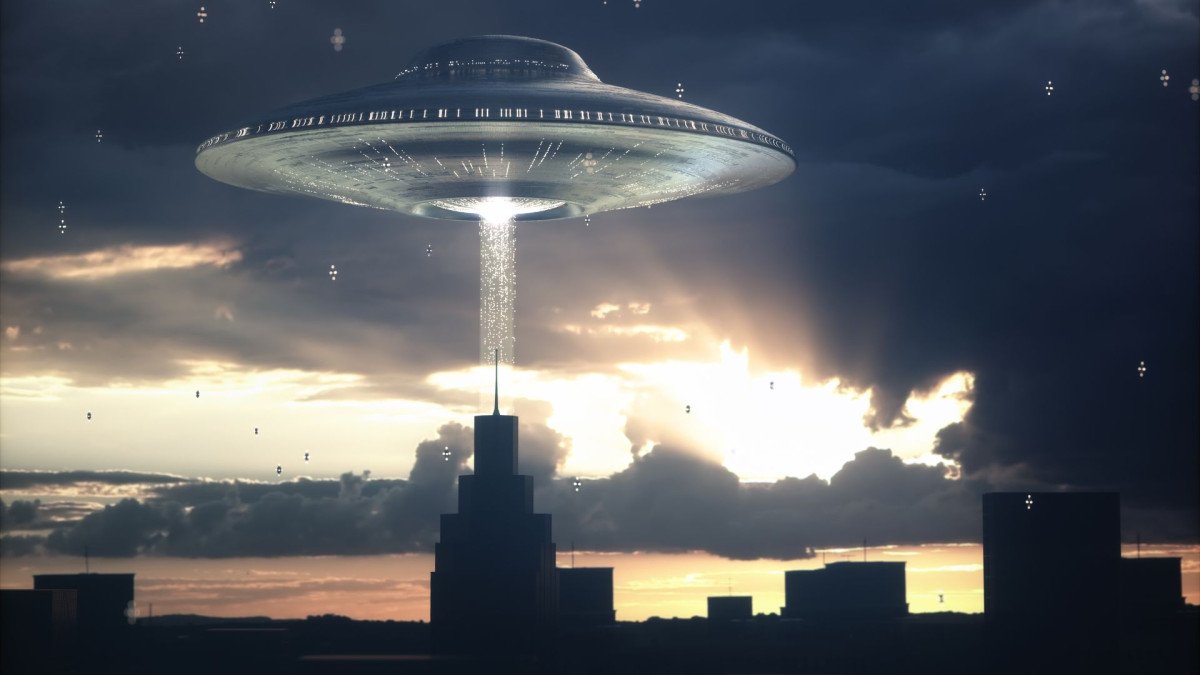
Science fiction and pulp magazines
If there is an author who summarizes in his work the heritage of romantic horror with the trips to other worlds characteristic of the science fiction genre, it is HP Lovecraft (1890-1937), of whom we have already spoken in the introduction and who stands as the great master in this matter. Lovecraft created his own cosmogony, which is characteristic of his masterpiece, At the Mountains of Madness (1931).
The text differs from the previous Lovecraftian corpus due to its length, since it is a short novel. It is precisely for this reason that it was rejected by the editor of the pulp magazine Weird Tales, which had been publishing stories by the writer for some time. At the Mountains of Madness tells of an expedition to Antarctica that finds signs of a non-human civilization, and whose plot was inspired by The Narrative of Arthur Gordon Pym, by Edgar Allan Poe. Precisely, Lovecraft never hid how much his creation owed to the genius of Boston, whom he considered his most important model.
Perhaps it is necessary to give the reader a brief overview of what American pulp magazines were, the main vehicle for science fiction stories at the beginning of the 20th century and from where this genre catapulted to fame. These were quite cheap and low-quality publications (pulp refers to the pulp paper that was used as a support), designed for consumption by the general public, which included fantastic and horror stories. From this term comes, in turn, pulp fiction, that is, a story whose quality is considered low.
Despite their poor material quality and the fame of inferior publications, many of the great science fiction authors worked for these magazines. We have already mentioned Lovecraft, but we can also add Arthur Conan Doyle (1859-1930), the creator of Sherlock Holmes, or HG Wells (1866-1946), the famous author of The War of the Worlds.


